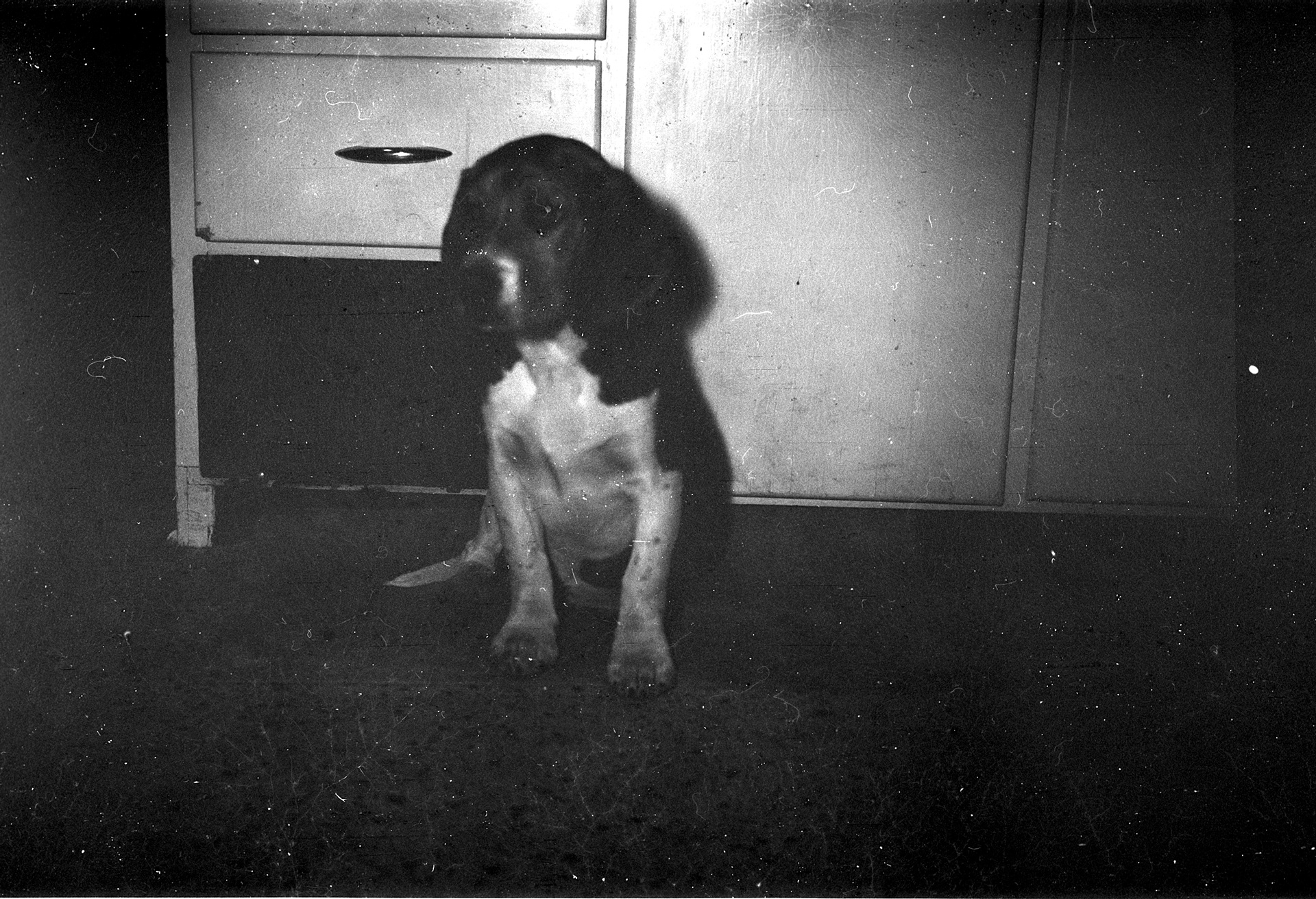A few weekends ago in Lisbon I found this lovely looking Kodak Vigilant six-20 in an antique shop.
The Vigilant was a line of folding pocket cameras Kodak made between 1939 and 1949. They came with a variety of lenses and this one is equipped with the Anaston f:4.5 105mm. This is one of the better lenses from the range and places the camera towards the end of the manufacturing period - perhaps 1947-1949.
As far as I could tell from the superficial examination I was able to make in the shop, the camera is in good working order. All the mechanical parts worked and the shutter times sounded about right. The bellows appeared free from any cracks or holes. The optics looked okayish for a camera of this age. The camera also had a roll of exposed Kodak Verichrome Pan in it. This film was discontinued in 1995 so the camera has not been used since at least the late 90's.
The camera uses 620 film. This is an annoying format that Kodak introduced in 1931 for commercially dubious reasons. It's just standard 120 film rolled on spools with a narrower core and narrower flanges. It was deliberately designed to prevent you using standard 120 film in 620 cameras or vice versa. However, it's easy enough to take a standard 120 roll and roll it onto a 620 spool in a darkbag. (Actually, you have to roll it onto any intermediate spool and THEN onto the 620 spool so that the film is the right way around.) You can order 620 spools from AliExpress to re-spool your 120 rolls.
The amazing thing about these cameras though is that they produce massive 6x9cm negatives on that 120 film. That's a negative that is 33% larger than the 6x6cm you get out of a Hasselblad. From something that folds up small enough to fit in your jacket pocket as the advertising of time was eager to demonstrate.
These cameras are not the easiest of things to use. There is no light meter, no rangefinder and the only indication as to what is in frame is gleaned by squinting through that little Galilean viewfinder mounted on the lens. Essentially it's a game of guessing the exposure (the old "Sunny Sixteen" rule comes in handy here), guessing the distance to the subject (in feet! remember those?), and pointing the camera in hopefully the right direction. Then you squeeze the rather stiff shutter release and ... realise you forgot to cock the shutter and need to start again. Once you get your shot, don't forget to open the little window so you can see the number on the film back and wind on the film to the next frame. What a delightful challenge!
Once I got the camera home and could examine it in more detail, I was a bit disappointed with the state of the lens.

From the back

Under bright light
That's lens fungus! This will need to be cleaned up at some point soon. That involves taking the lens apart, soaking each element in hydrogen peroxide, cleaning them and then putting it all back together again. A time-consuming job. However, this amount of fungus isn't particularly surprising on a lens of this age. I wonder how much fungus I'll have on me when I'm 80 years old.
Despite the state of the lens I was eager to try the camera out. I loaded it with Ilford Delta 3200 - the high ISO being better at detecting light leaks in the bellows - and took it with my wife and kids to the climbing gym. I developed the film last night and was very pleasantly surprised with the result.
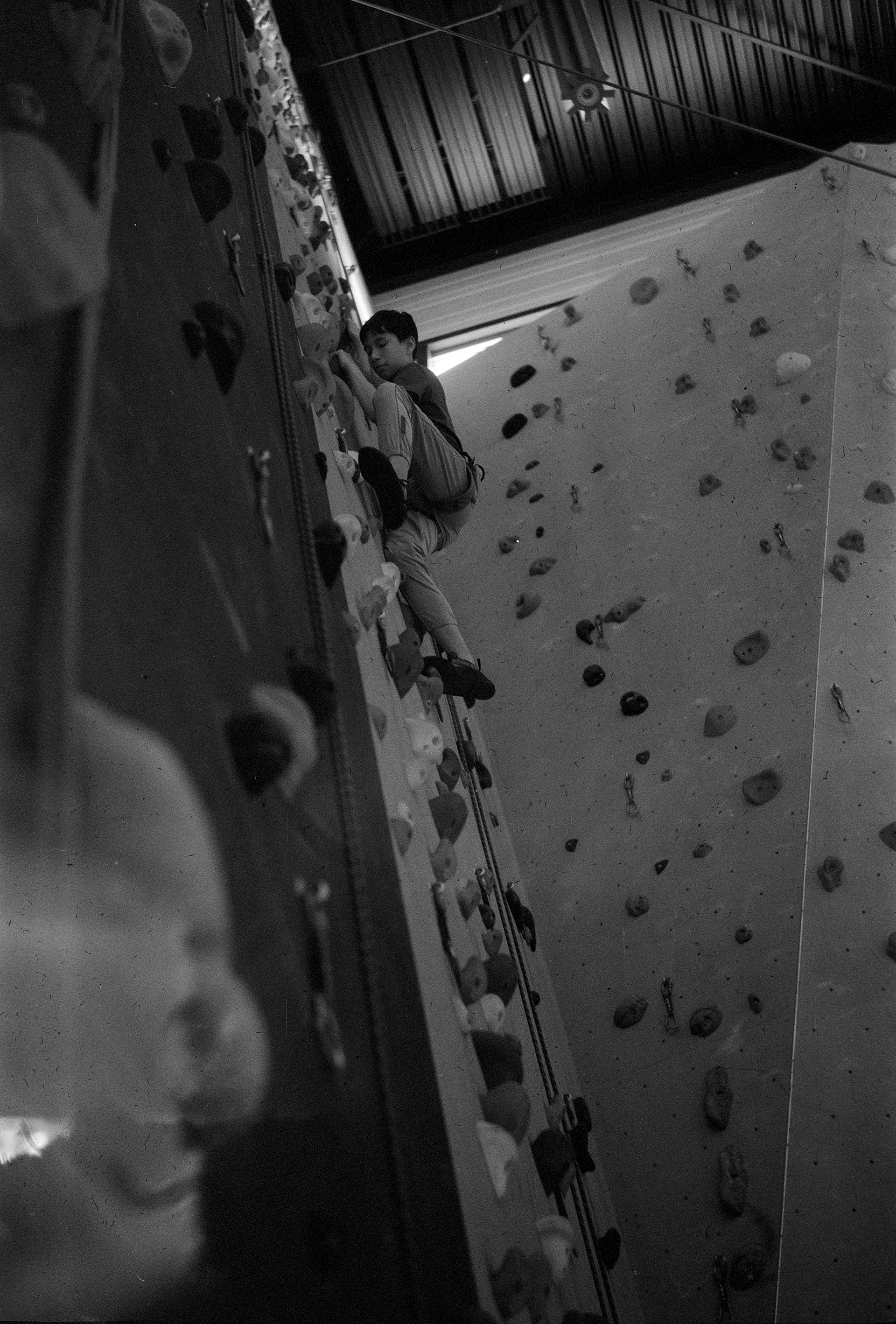
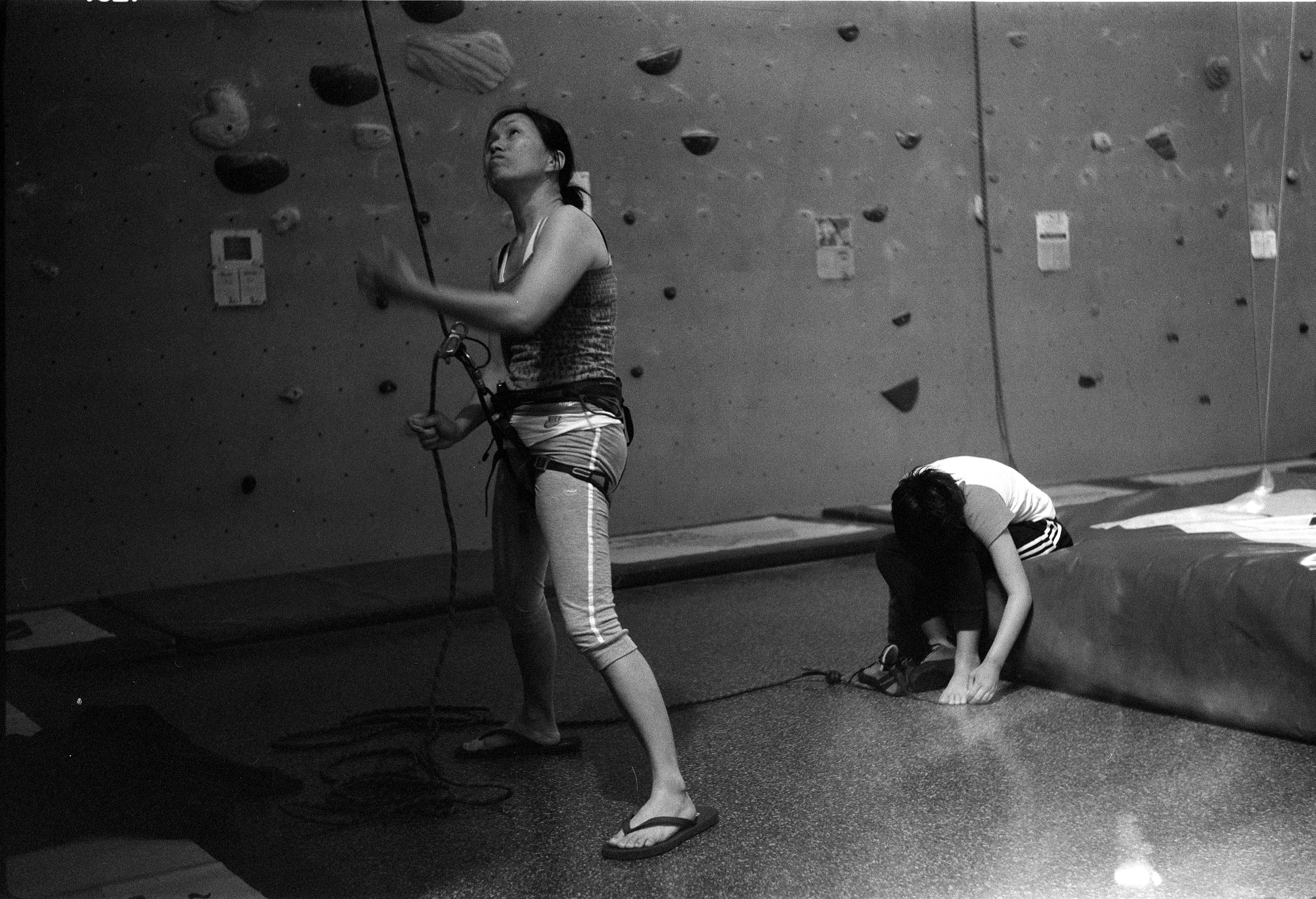
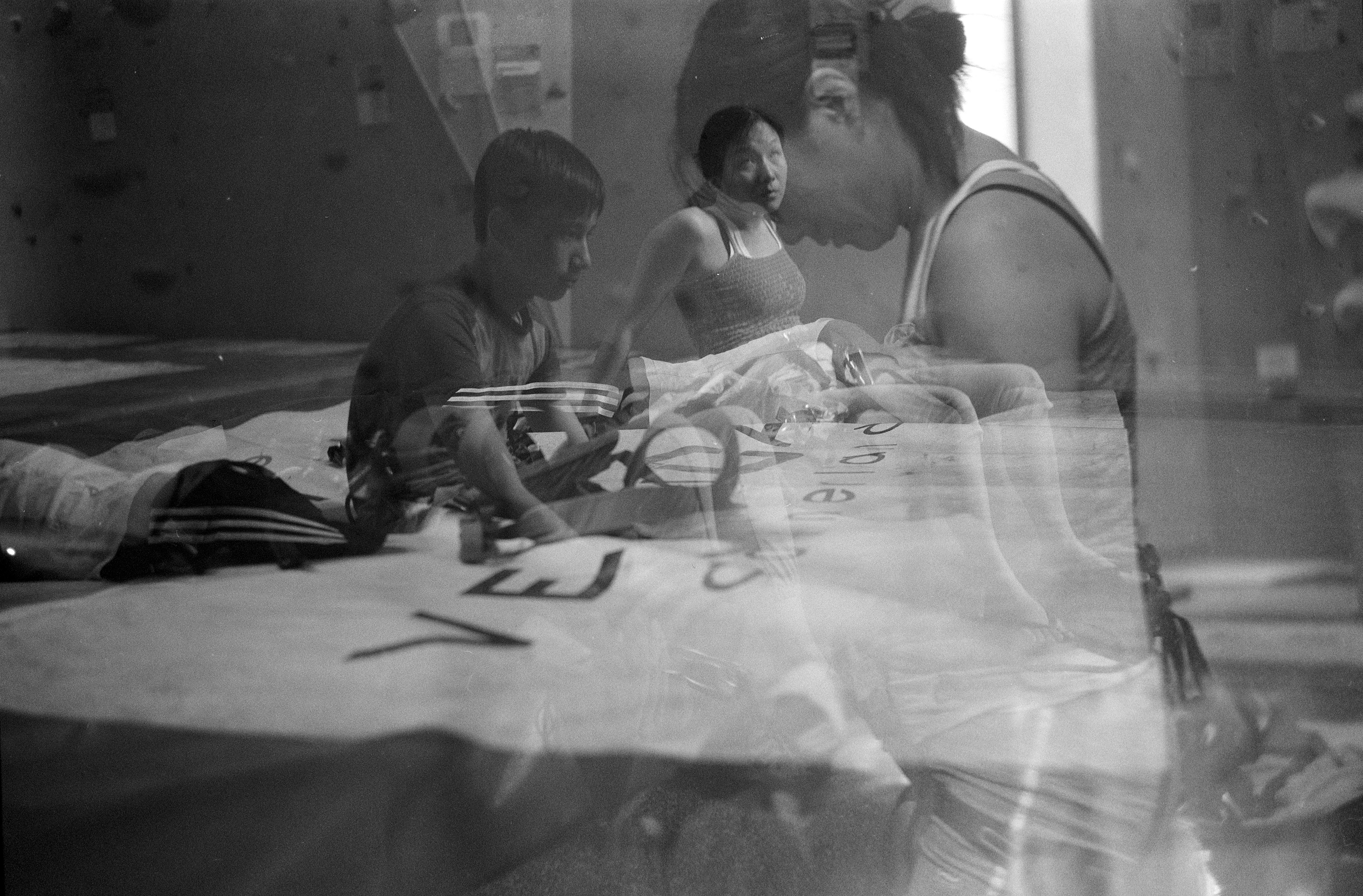
DON'T FORGET TO WIND ON BETWEEN SHOTS!!!
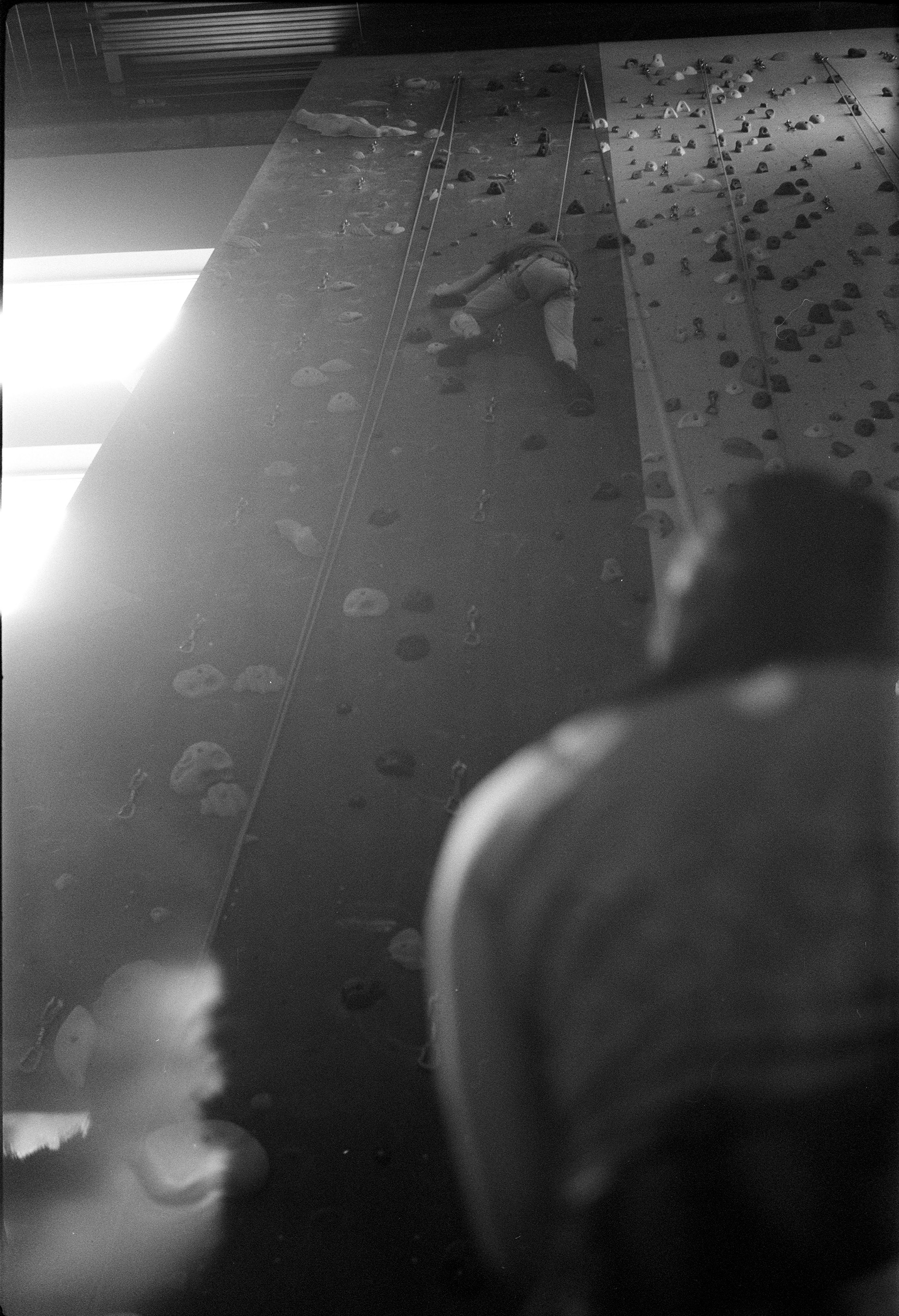
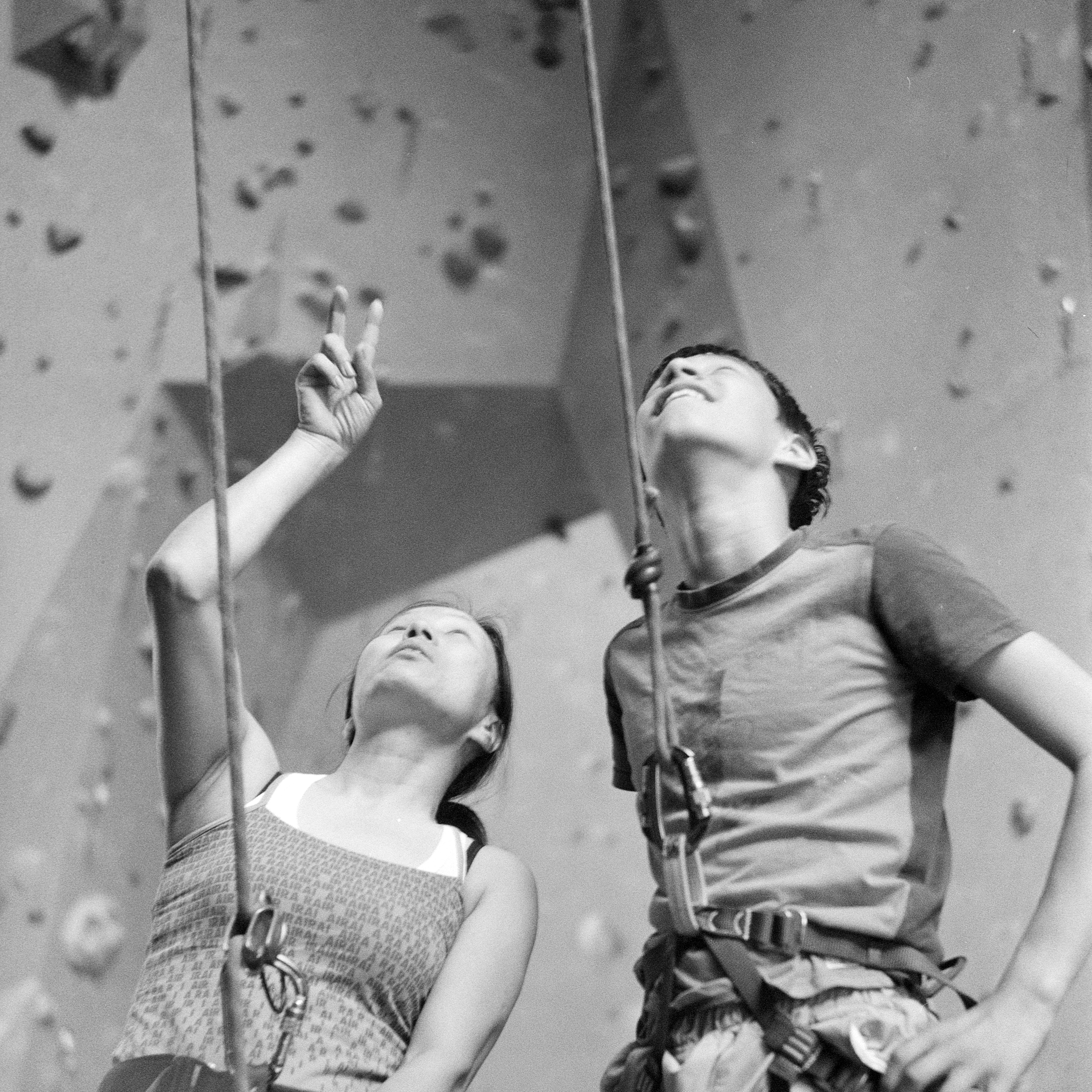

Sharp!
[Developed in Ilford ID-11 at standard timings, fixed with Ilford Rapid Fixer at 1+4]
Apart from the double exposure where I forgot to wind the film between shots these images were much better than I was expecting. There is no light leak from the bellows and the exposures are accurate, indicating no problems with the shutter timings or f-stops. The focus is significantly sharper than I was expecting. The only sign of the len's problems are in the strange (but perhaps somehow appealing) lens flare in the brightly backlit shots.
Overall I'm very happy with this camera. 6x9cm negatives from a pocket camera like this is amazing. And it'll be even better once the lens is cleaned up.
Now if, like me, you are thinking "if only it had a rangefinder viewfinder and took 120 film instead of that annoying 620 format..." then perhaps, like me, you are dreaming about the Voightlander Bessa II with the f3.5 Heliar lens...
One More Thing...
Remember that Kodak Verichrome Pan I mentioned was in the camera when I bought it? I developed that as well. I was half expecting the roll to be totally ruined; that someone in the last 30 years had opened the camera and tried to look into the roll or something. However, I was pleasantly surprised to find that the roll did contain some usable images. Although whoever had taken the shots seems to have not been very familiar with how to use the camera: there were multiple exposures (what kind of muppet does that!), misframed shots, and shots that were terribly under-exposed. If, by some miracle, you happen to know anything about these photos or who is in them, it would be lovely to return these images to their rightful owner.


